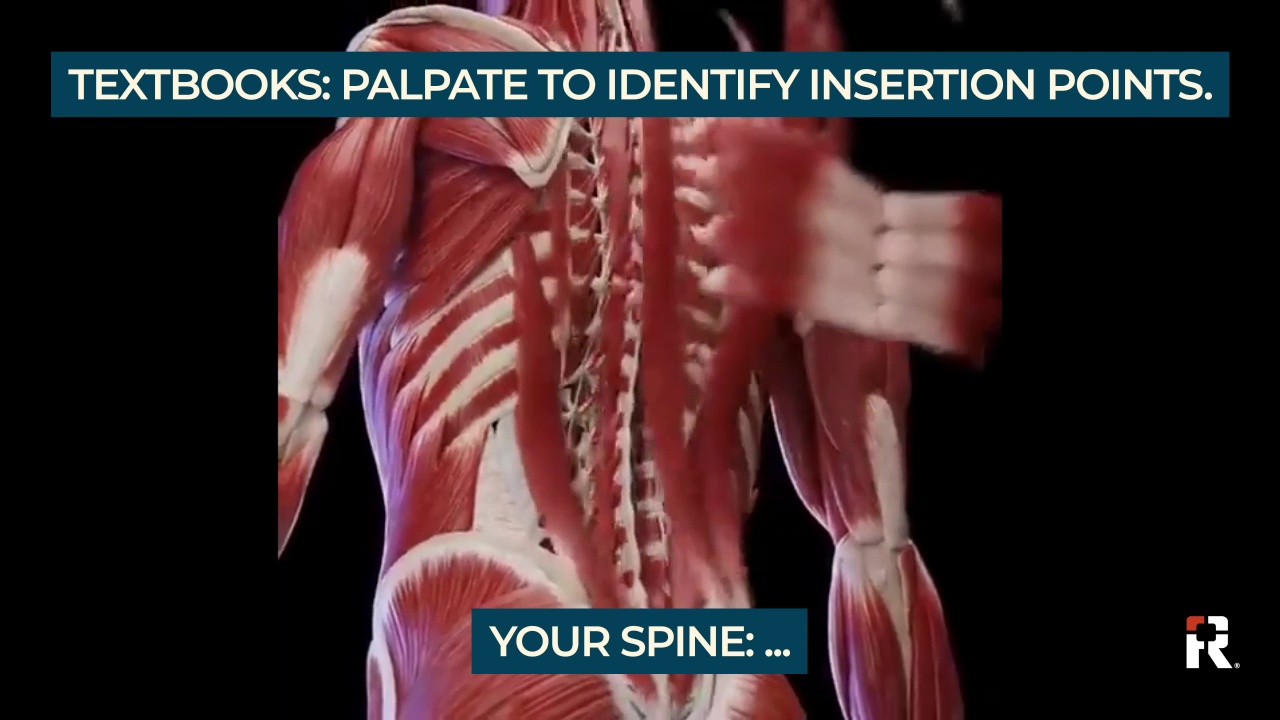The complexity of spinal muscle systems — comprising multiple overlapping layers while varying widely in tone and bulk — significantly complicates palpation to identify insertion points for neuraxial anesthesia. Muscle dynamics and the presence of adipose and connective tissues obscure spinal landmarks and conceal anatomical abnormalities. These factors, combined with involuntary muscle responses to touch, make it challenging to accurately identify insertion points, emphasizing the need for adjunctive techniques like ultrasound for precise landmark identification.
Recent Posts
- RIVANNA announces FDA clearance of Accuro 3S Needle Guide Kit
- Advancing Obstetric Anesthesia: Dr. Steven Garber on the Real-World Power of Accuro 3S
- Building Healthcare Equity in Modern Health Systems
- Up to 92% First-Attempt Success: How AI Quality Improvement Is Transforming Neuraxial Anesthesia
- How 63% Fewer Readmissions Start with Smarter Healthcare Efficiency and AI
